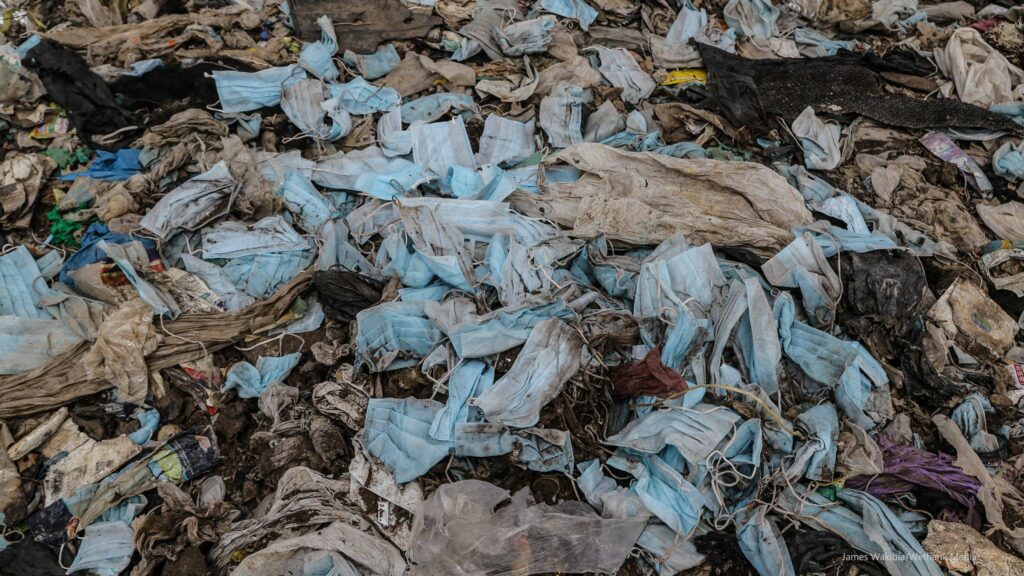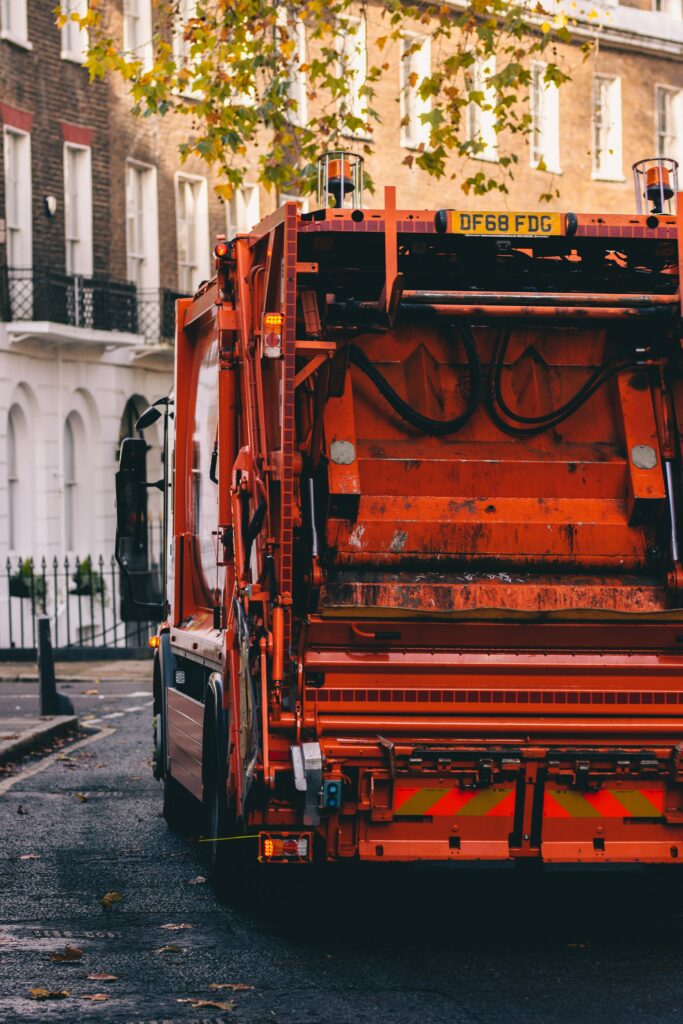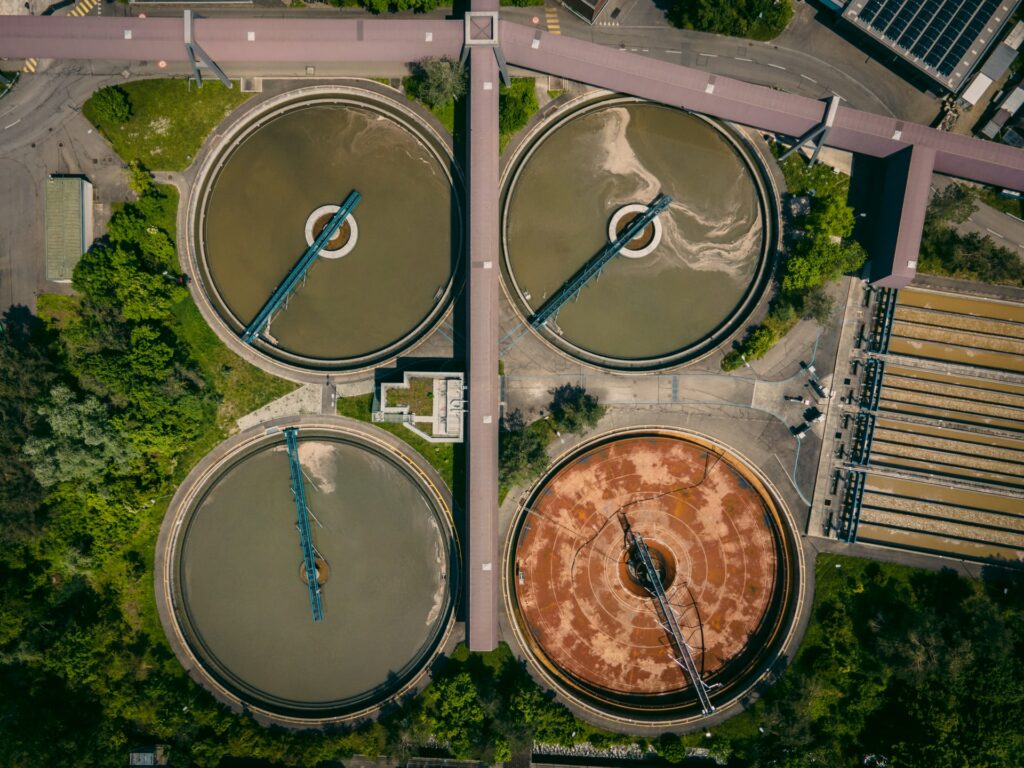Visualizing



How waste matters during COVID-19 (and why “coronalitter” isn’t the problem you think it is)
I’m collecting my used COVID-19 rapid antigen tests in old jars. The plastic seals under the lids still bear the stubborn stains of tomatoes, turmeric, and blueberry jam. I’m not quite sure why I started this collection. Perhaps to make sense of this strange new workplace routine; or to mark the weeks, months, and years living alone during a pandemic; or the paranoia about personal data entering waste streams. There’s also the discomfort of disposing plastics as a discard studies scholar, and my enduring epistemological habits as a researcher trained in material culture.
New waste stories proliferated in the first year of this pandemic. Disposable masks and gloves lingering on footpaths, in gutters, parks, and beaches. New scientific studies followed and fed into these stories (e.g. Parasha and Hait 2021; Shammi et al. 2021). The mask has now emerged as a “poster object” (Marres 2016) for concerns about environmental health, in many ways displacing single-use straws and plastic bags. These public stories are worth noting not just because they point to shifting material geographies of waste; disposable PPE also renders the interconnections between public, occupational, and environmental health visible (Garnett et al 2022) and illustrates how different forms of hygiene and cleanliness can come into tension with one another (de Wilde, Koopman, and Mol 2020). Wayward masks also became a way of seeing the pandemic, that for many remained invisible until infection came closer to home.
These new sites and sights of wasting, however, also function as a spectacle that shifts attention away from the relations of power which generate waste. “Coronalitter” and “coronawaste” stories are situated in well-rehearsed littering visual cultures and narratives. Discard studies scholars have long shown that litter discourses work to individualise what is an infrastructural problem – modern waste is the product of systems (Liboiron and Lepawsky 2022). This is not to say that disposable masks and their plastic fibres do not pose environmental harms: the masks lingering in streets, fraying and falling apart in forever smaller and smaller fragments, are joining an invisible inescapable cocktail of pollutants. They are the legacies of violent economies built on the possibility of disposal. However, while recognising harms, it is important to remember that most wastes are not generated by individual consumers, but through industrial processes (Pollans 2022). The problematization of litter and municipal discards thus represents a successful campaign to responsibilize waste – and the attention directed towards disposable PPE is an extension of this strategy.
I write this introduction to the “Discards of COVID-19” cluster in the Visualizing the Virus project as an invitation to think more broadly and critically about the problem of waste at this time; to attend to economies and infrastructures of disposal. In other words, I’m encouraging a pivot from concerns about wastes to concerns about disposability. In this cluster, scholars working at the intersections of waste and COVID-19 consider what waste enables them to see or sense during this pandemic. Working across a range of disciplines, they share reflections and fragments of their research and practice, surfacing the more infrastructural dimensions of waste geographies. They unsettle or move beyond dominant coronalitter discourses and explore the analytical capacities of waste-as-process. They point to the ways in which disposability of materials, bodies, and lands has been central to the pandemic response, with certain bodies – racialised, classed, and gendered (e.g. Powell 2021; Neely & Lopez 2022) – always more disposable than others. So, I conclude this introduction with two questions: will industries continue to double down on their polluting practices and exploit this time of political and economic turbulence (Dey and Micheal 2021)? Or (how) could responses to COVID-19 also enable different, more just modes of living and working with waste?
References
de Wilde, M., Koopman, W. & Mol, A. (2020) ‘Clean in Times of COVID-19: on Hygiene and Pollution’. Somatosphere.
Dey, T., and Michael, M. (2020). ‘Driving Home “Single-Use”: Plastic Politics in the Times of the COVID-19’. Discover Society.
Garnett, E., Balayannis, A., Hinchliffe, S., Davies, T., Gladding, T., & Nicholson, P. (2022) ‘The work of waste during COVID-19: logics of public, environmental, and occupational health’. Critical Public Health.
Liboiron, M., & Lepawsky, J. (2022). Discard studies: Wasting, systems, and power. MIT Press.
Marres, N. (2016). Material Participation: Technology, the Environment and Everyday Publics. Springer.
Neely, A.H. & Lopez, P.J. (2022). ‘Toward Healthier Futures in Post-Pandemic Times: Political Ecology, Racial Capitalism, and Black Feminist Approaches to Care’. Geography Compass.
Parashar, N. & Hait, S. (2021). ‘Plastics in the Time of COVID-19 Pandemic: Protector or Polluter?’ The Science of the Total Environment 759:144274.
Pollans, L.B. (2021). Resisting Garbage: The Politics of Waste Management in American Cities. University of Texas Press.
Powell, C. (2021). ‘Color of Covid and Gender of Covid: Essential Workers, Not Disposable People’. Yale Journal of Law and Feminism 33(1): 1–46.
Shammi, M., Behal, A. & Tareq, S.M. (2021). ‘The Escalating Biomedical Waste Management To Control the Environmental Transmission of COVID-19 Pandemic: A Perspective from Two South Asian Countries’. Environmental Science & Technology 55(7): 4087–93.